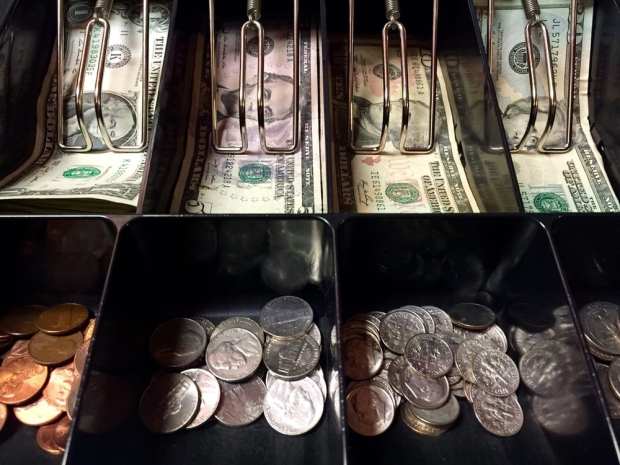Chase Launches Low-Cost Accounts To Win Unbanked Consumers

The percentage of unbanked people in the U.S. recently fell to the lowest rate since the 2007-2009 financial crisis, but a new product launch from JPMorgan Chase & Co. underscores the fact that tens of millions of U.S. households remain unbanked.
The financial institution on Monday (March 18) “began offering checkless accounts with access to its mobile app, branches and ATMs for $4.95 a month and no minimum balance,” according to Reuters. “The accounts come with debit cards, digital payments and free check cashing, but do not allow overdrafts.”
The aim? Thasunda Duckett, chief executive of Chase Consumer Banking, told the news service she “hopes the new accounts will attract more low-income individuals and people who have never had bank accounts.” She added that the annual $60 cost for the new accounts compares with charges of $200 to $500 per year at check cashing and money order service providers.
According to the Federal Deposit Insurance Corporation (FDIC), the percentage of unbanked Americans fell to its lowest level since the 2007-2009 financial crisis. In 2017, 6.5 percent of 129.3 million U.S. households were considered “unbanked,” meaning they don’t have a checking or savings account. That rate, which represents about 8.4 million U.S. households, is half a percentage point lower than when the survey was last conducted in 2015, and the lowest level recorded since the survey began in 2009. Financial inclusion is on the rise, as evidenced by these banking statistics.
That said, PYMNTS’ research demonstrates the road to financial health and inclusion remains very difficult for many consumers, including those without bank accounts. That research also identified a group of people unlikely to sign up for offerings such as the one just launched by Chase.
The PYMNTS Financial Invisibles Report found those consumers largely live paycheck to paycheck – the segment is as high as 85 percent for some consumer segments (the report breaks down those financial invisibles into four main groups). The report also found 24 percent of consumers are “voluntary invisibles,” a group that would likely not take up the new product offering from Chase, given they have made a decision not to participate in financial systems. Meanwhile, the PYMNTS report also found 5 percent of consumers to be “Involuntary Invisibles,” people who have been locked out of the financial system due to delinquencies or other circumstances.
Chase on Monday (March 18) also released other plans related to low-income consumers. According to CNBC, the bank, as part of its five-year plan, has pledged $350 million to “help boost job prospects for people at risk of being shut out of the economy.” Money will go to such areas as job training and programs meant to “boost collaboration between employers and the educational system,” and for better data analysis and delivery for the labor market.
This new program builds off earlier, similar efforts by the bank and, according to the report, reflects the concerns of JPMorgan CEO Jamie Dimon “about the declining labor force participation rate in the U.S. and the shortfalls of the educational system in preparing people for emerging roles.”
Chase is certainly not the only major financial institution to strive to increase its focus on low-income consumers. Bank of America had a free checking account that was popular among low-balance customers, but last year discontinued the program. The account that was eliminated was introduced in 2010, when the company was trying to lure customers to online banking. The account had no monthly fee, as long as the customer accessed statements online and did not use a bank teller. If customers used those services, they paid an $8.95 fee each month. The bank stopped offering the banking account to new customers in 2013, but maintained it for those who already had it.
Finding profitable services that use digital and mobile technology to better serve low-income customers is not just part of the banking landscape, but also the wider world of retail and payments. As the Chase launch and the Bank of America account elimination show, we can bet on more work and experimentation regarding that consumer segment in the years to come.
